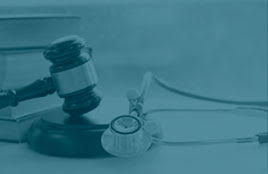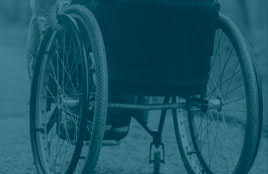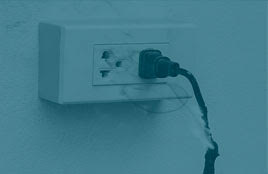You, as the consumer of your healthcare, are presented with a multitude of choices, and here’s the latest one—3D mammography, also known as breast tomosynthesis. The FDA approved the Selenia Dimensions 3D system for 3D mammograms in February 2011, and centers have been adding 3D mammography to their menu of services ever since.
Conventional 2D mammography produces a single, flattened image of the breast. Breast tomosynthesis minimizes the impact of overlapping breast tissue during imaging because the camera moves over the breast taking images from multiple angles—kind of like a CT scan of your breast. These images are combined to create a three dimensional rendering of the entire breast.
A good analogy for 3D mammography is like thinking of a goldfish in a small bowl. With a 2D mammogram, you would see a picture of the fish. But with 3D, you would be able to see the fish in the bowl and be able turn it and inspect it to see it from all angles. Younger women with dense breasts could potentially benefit the most from this technology.
The uses of this new technology feel benefits of 3D mammography include:
- Earlier detection of small breast cancers that may be hidden during 2D mammography
- Greater accuracy in pinpointing size, shape and location of abnormalities
- Fewer unnecessary biopsies or additional tests
- Greater likelihood of detecting multiple breast tumors, which occur in 15% of breast cancer patient
- Reduction in “call-backs” or false positives
- Greater accuracy than conventional mammography, by detecting cancers earlier
- The digital nature of the imaging means that doctors can consult from thousands of miles away as long as they have access to the digital imaging, and specialists can view 3D mammograms without having to wait for X-Ray films to be delivered by courier or mail. This means you get your results while you wait.
Sounds like a “win-win”, right? Unfortunately, everything has its drawbacks. A few issues with 3D mammography include:
- The cost is not always covered by insurance, and you must pay out of pocket
- There is twice as much radiation involved in the process. (To be fair, the total radiation dose from 3-D mammography is still relatively low, in spite of this increase—from 0.5 millisieverts to 1.0 millisieverts. In comparison, a CT scan of the head has a radiation dose of about 2.0 millisieverts.)
- For some women, the traditional mammogram is just as effective and will be covered by just about any health plan.
Sadly, but realistically, breast cancer has become big business, and routine mammography is one of its primary profit centers. As with any ‘new and improved’ gadget, there are a few things to keep in mind:
- There’s no free lunch. Always ask about the risks, as well as the potential benefits, of medical interventions.
- Be your own healthcare advocate. Healthcare providers may not mention the side effects, complications or potential downsides to an intervention. Questions to ask include: “What is this test supposed to do? What am I trying to avoid?”
- Newer isn’t always better. I tell myself that every time I look in the mirror. When shopping for a new tech toy, new can mean faster, cooler, slicker. In healthcare, new can mean unproven, new can be dangerous, new can mean not enough research.






